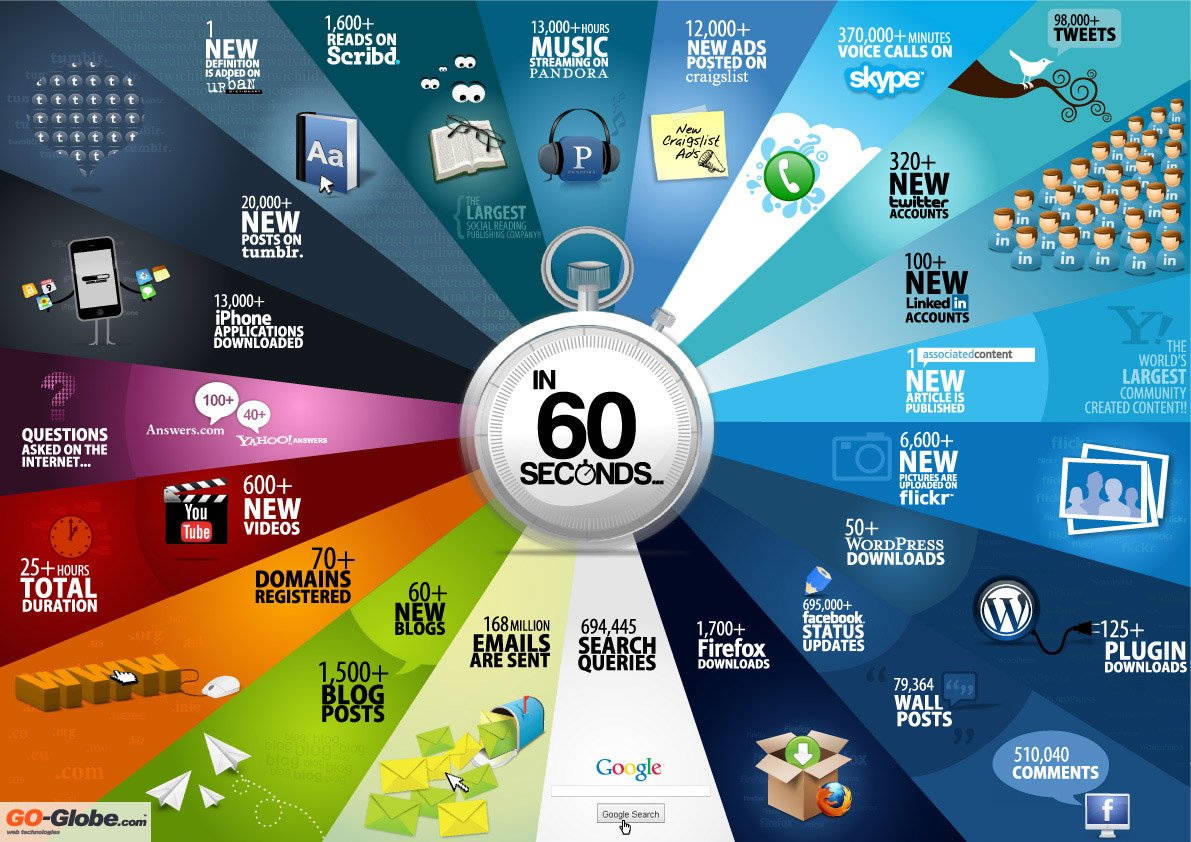With IPv6, everything can have a unique number, making it easier and quicker for data to find its way around the Internet. In comparison to IPv4's 4.3 billion IP addresses, IPv6 can assign about 340 trillion trillion trillion (that's not a typo). 888 ????
Or to be exact: 340,282,366,920,938,463,463,374,607,431,768,211,456 IP addresses. ????? ???? ????
The Bottom Line here: GENIUS. IPv6 stands for Internet Protocol Version 6. Fascinating, mind boggling, unbelievable, futuristic, magical are just a few ways to describe it when you read about the history and technology that is behind what we know as 'The Internet.'
This is a must read for anyone who uses the internet. It will reinforce the feeling we all get when we use the net; it makes us feel like magicians with a magic wand sitting on our desk or in our lap…
Internet grows by trillions of addresses, as IPV6 rolls out worldwide
….
The Internet's been running on a system that was originally developed 35 years ago as part of an experimental project called ARPAnet in the U.S. Defense Department. That's when researchers created something called Internet Protocol version 4, or IPv4. [4 Decades of Clever Technology ]
]
A key component of the system was how many addresses it created, since in theory, every gadget on the Internet needs its own unique number, called an IP address, so data can find it. IPv4 created about 4.3 billion addresses — overkill for an experiment, but not enough for a planet. IP addresses started running out about a year ago in some parts of the world. ????? ???????? ?????
There have been many tricks to stretch the number of IP addresses. For example, every Internet-connected device in your home probably shares the IP address of your modem, similar to how telephones in an office have extensions to share the one main number.
Read Complete Post at













